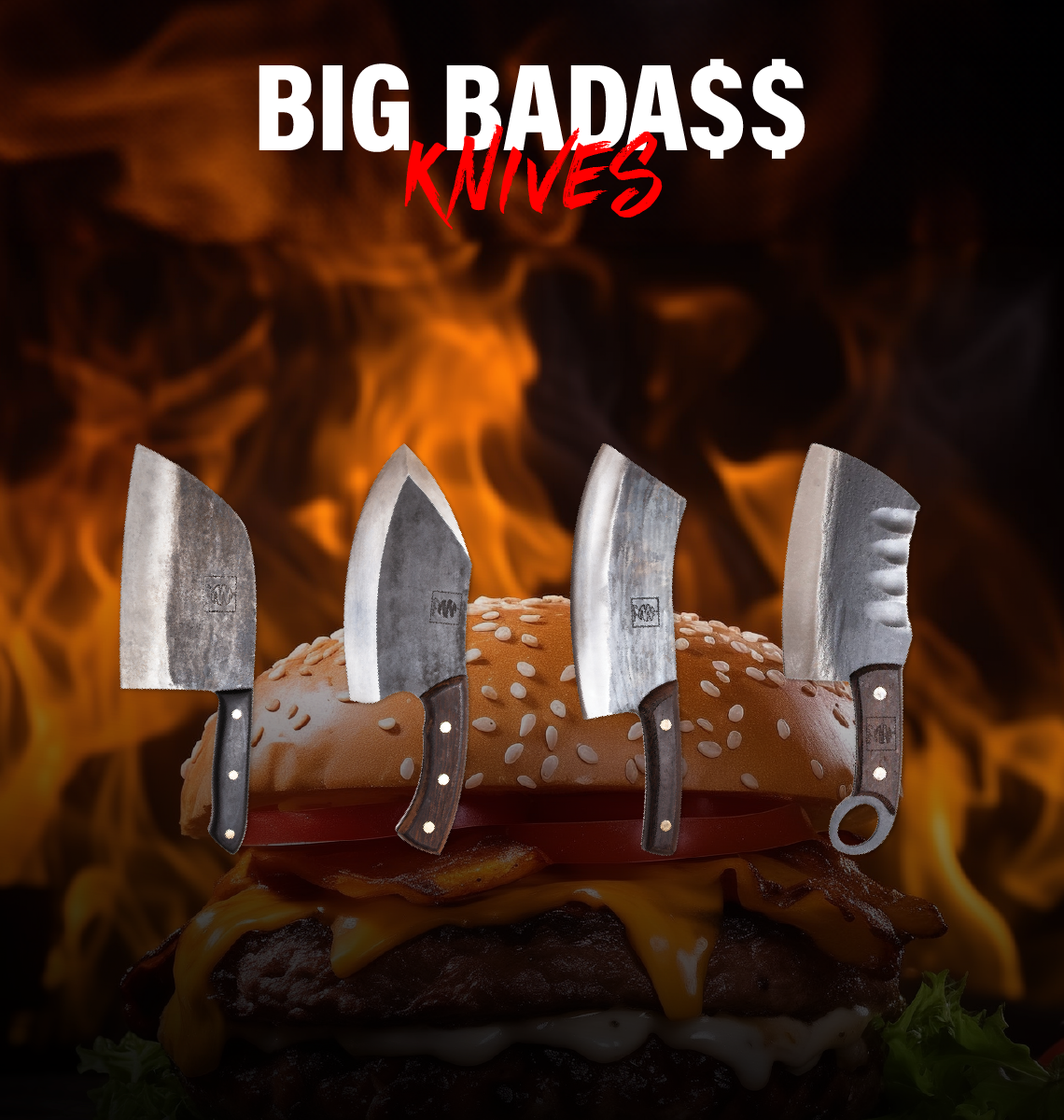Which is sharper: a Ceramic or Steel blade?
Whether you’re in a search for the sharpest knife or just interested in these two types of blades, here you’ll find the answer to this question. Naturally, having a sharp knife is crucial for every cook and a lot of people are not sure which knife to buy. We are here to help you out with that decision especially if you're interested in ceramic and steel blades.
Think about this: ceramic knives, like steel knives, come with what is called a factory grind. Basically, when a knife is created it’s given a basic sharp-yet- blunt edge before being sold off.
The onus then lies in the hands of the knife owner to do what any responsible knife owner would do – thoroughly and aggressively sharpen and hone that edge down into something more useable. You can’t do that with a ceramic knife. However, ceramic knives have one important benefit to them – their sharpness lasts longer.
But which one is better?
A lot depends on the user. Ceramic knives typically come with a better factory grind and have better potential in keeping their sharpness. Yes, steel knives dull faster, but they can be sharpened without worrying about fracturing the ceramic blade. Not all steel knives can be honed to a perfect finish, but those that can, will be much, much sharper – if you take the time to properly sharpen your knife.
So you need to think about the bigger picture. A steel knife is definitely much better for the long run. A good steel blade can be made much sharper than any ceramic blade.
Both have their purposes. Ceramic is better for slicing acidic food like fruit (apple will go brown sooner if sliced with steel than with ceramic; also you will have fewer tears cutting onions with a ceramic knife). Steel is better for cutting hard stuff. You wouldn't want to use a ceramic blade for carving a pumpkin for example.
Remember: You should never wait until your knife is truly dull. Keep it sharp. If you notice any drop in performance, take it over the stones. A few strokes on each side brings it back to maximum sharpness. Waiting until it’s actually dull and can’t cut anything without ripping means you have more work to do and, often, you will need to remove more material. This means, paradoxically, you can reduce the lifespan of the knife if you only sharpen when you absolutely need to.
If you use a soft western knife, use a honing rod if there’s no time to sharpen. Then, take it over the stones for a proper sharpening as soon as you have time. Don’t rely completely on the rod for anything but a quick touch-up. For hard Japanese knives, do not use a rod. Only sharpen on stones. Japanese knives should be able to get through a shift even when starting to dull because they will hold an edge much longer, allowing them to perform until your shift ends and you have time to sharpen.
In conclusion: Everything depends on knife quality, steel type, the way you use your knife and how do you take care of it. All of these have a meaning in this manner thus it is very important to take appropriate care of your knife. A good kitchen knife will last sharp for months or even longer. The average frequency of sharpening knives is every 3-4 months, but you can’t wait until your knife is dull. The knives have to be sharp to be safe to use.






2 comments
Hello BRAD, Thank you for your feedback! We will do some research and have a helpful article soon :)
Nice article, what do you suggest as far as sharping, stone or electric. A rating of sharping tools would be great. My neighbor got an electric one with I believe a 16 degree finish angle, thinking that was the best overall angle for him. What options are there and for what purpose. While in the Navy a sharp knife was always needed and I would go to the stone frequently but would only use a file on my issued K-bar. So whatever information you can put out for the current available tools nowadays would be helpful, thanks…
Leave a comment